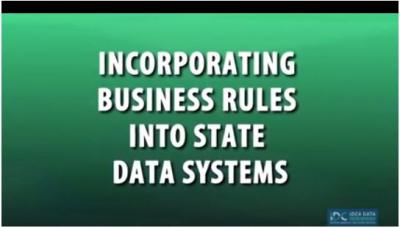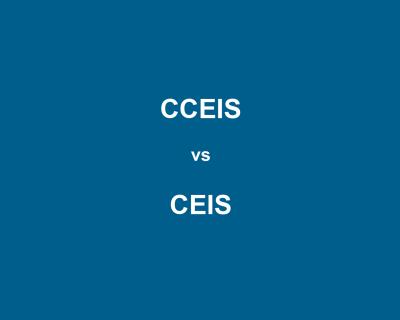
Resource Library
Guides. Briefs. Toolkits. Quick reference information. IDC and its partners created these data quality resources to help states better prepare to address their existing or emerging IDEA data quality needs. Use our search and filtering tools to navigate the library.
Resources 71 - 77 of 88
Format: Applications and Spreadsheets
Educational Environments Ages 3-5: B6 Reporting Tools 2017-2018 Clarifications and Interactive ApplicationThe Reporting Educational Environments resource has been updated with 2017-18 clarifications. State data managers, 619 coordinators, local 619 personnel, technical assistance providers, and other interested parties can use the resource to help with reporting Educational Environments data for children ages 3-5 with disabilities as required for the OSEP Child Count and SPP/APR Indicator 6. States can use the resource's materials as “standalone” tools or as a set.
Format: Applications and Spreadsheets
Interactive Public Reporting EngineThe Interactive Public Reporting Engine displays the complete set of IDEA data that states collect and submit to OSEP to meet the requirements of Section 618 of IDEA. This tool displays each dataset and the required disaggregations such as race/ethnicity, gender, and age. It provides a more dynamic way for states to meet the 618 public reporting requirements, and linking to the tool fulfills the public reporting requirements. In addition, use of the tool promotes conversations about how to improve results among families, teachers, schools, related service providers, administrators, policymakers, and other interested stakeholders.
Format: Trainings
Incorporating Business Rules Into State Data SystemsThe Incorporating Business Rules Into State Data Systems instructional video explores the different ways Part B and Part C state agencies can incorporate business rules into their IDEA state data collection and reporting systems.
Format: Guides and Briefs
Significant Disproportionality (Equity in IDEA)—Essential Questions and AnswersThis Q&A answers essential questions about the Equity in IDEA Final Regulations, including information on the contents of the new rule, the standard methodology, remedies, important dates, and a glossary of terms.
Format: Trainings
The Importance of High-Quality Data and the Role of Business RulesThe Importance of High-Quality Data and the Role of Business Rules instructional video provides a brief introduction to the concept of using business rules to promote and support the collection of high-quality data within state and local systems for IDEA Part B and C.
Format: Quick Reference
A Comparison of Mandatory Comprehensive Coordinated Early Intervening Services (CCEIS) and Voluntary Coordinated Early Intervening Services (CEIS)In December 2016, OSEP finalized new regulations on significant disproportionality (34 CFR §300.646). These regulations enforce the use of IDEA funds for mandatory CCEIS, which LEAs provide upon identification of significant disproportionality, and distinguish use of funds for CCEIS from the use of IDEA funds for voluntary CEIS. This resource is a handy chart that outlines the differences between CCEIS and voluntary CEIS.
Format: Applications and Spreadsheets
IDEA Part B Indicator 12 Transition Template: Calculating Data WorksheetThe tool converts state and LEAs early childhood transition data into percentages. Use of the tool enables states to see real-time percentages of children ages 3-5 in the transition reporting categories and compare the percentages of children within the categories across LEAs.








